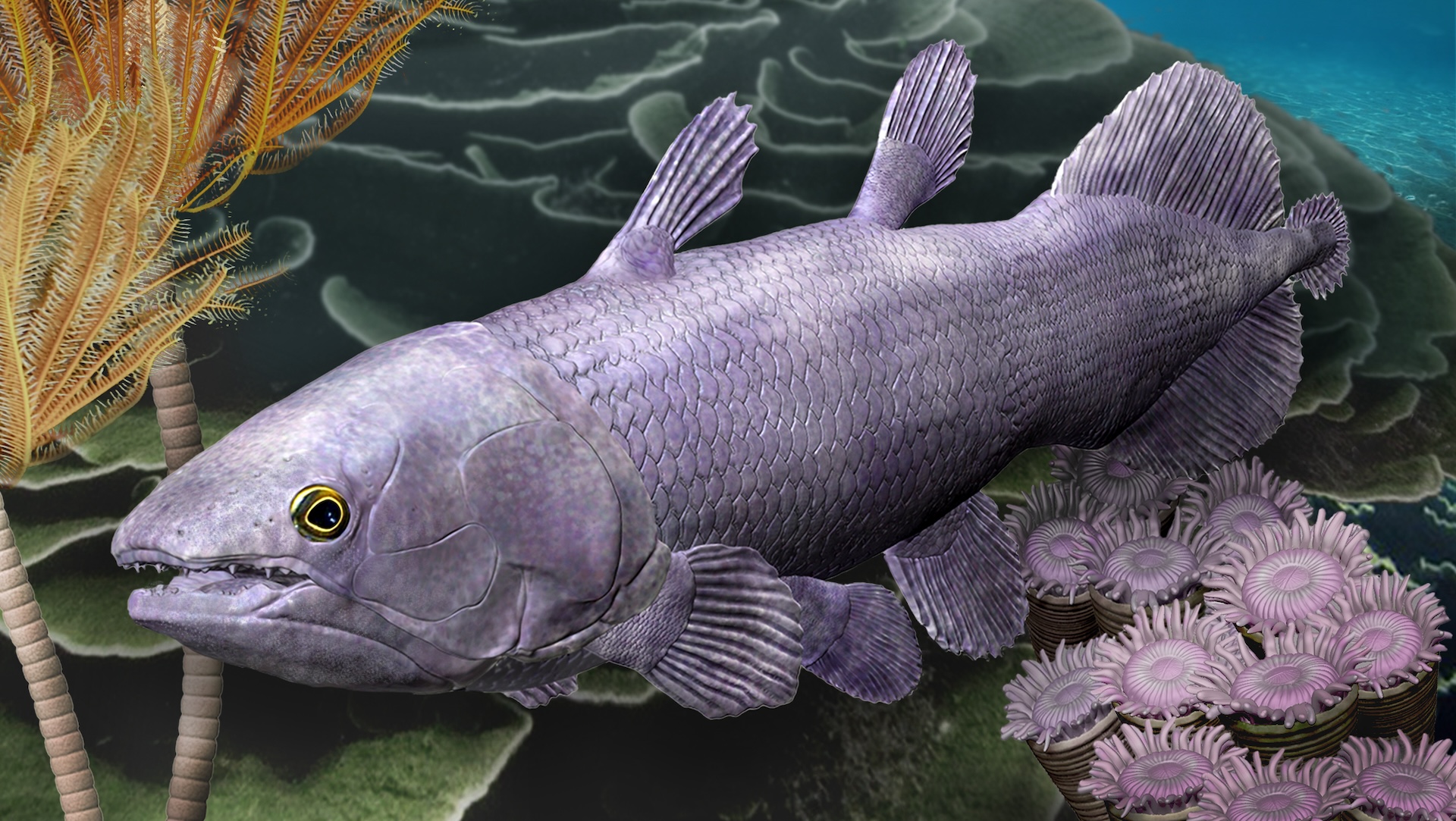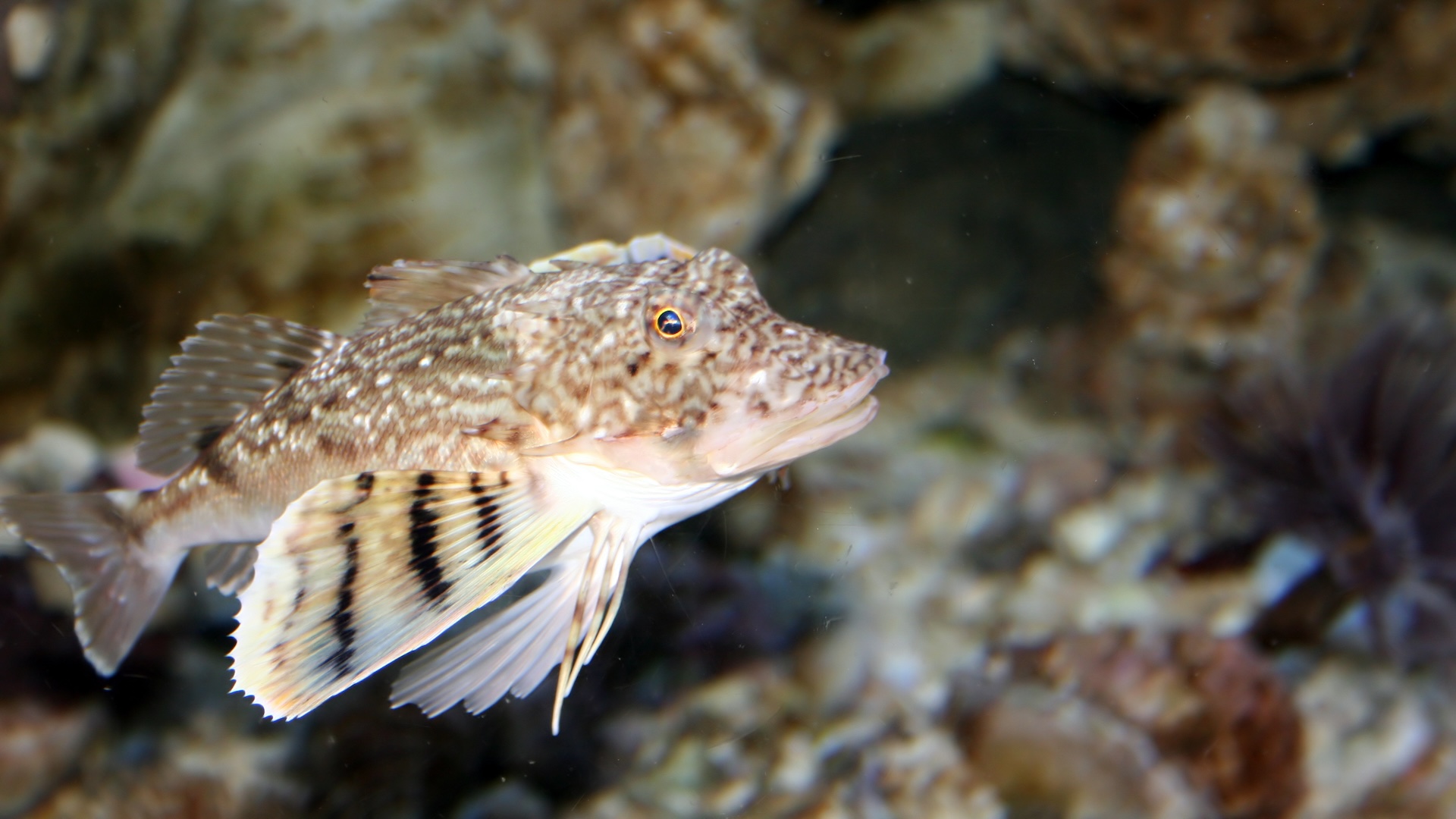Sensors, Vol. 23, Pages 5036: Calibration of a Dust Scattering Instrument Using Tomographic Techniques and Its Application to a Dust Sensor Instrument
Sensors doi: 10.3390/s23115036
Authors: David Santalices Mateo Martínez-García Jesús Belmar Daniel Benito Susana Briz Juan Meléndez Antonio J. de Castro
The characterization of suspended dust near the Martian surface is extremely relevant to understand the climate of Mars. In this frame, a Dust Sensor instrument, an infrared device designed to obtain the effective parameters of Martian dust using the scattering properties of the dust particles, was developed. The purpose of this article is to present a novel methodology to calculate, from experimental data, an instrumental function of the Dust Sensor that allows solving the direct problem and providing the signal that this instrument would provide given a distribution of particles. The experimental method is based on recording the signal measured when a Lambertian reflector is gradually introduced into the interaction volume at different distances from the detector and source and applying tomography techniques (inverse Radon transform) to obtain the image of a section of the interaction volume. This method provides a complete mapping of the interaction volume experimentally, which determines the Wf function. The method was applied to solve a specific case study. Among the advantages of this method, it should be noted that it avoids assumptions and idealizations of the dimensions of the volume of interaction and reduces the time required to carry out simulations.

 1 year ago
29
1 year ago
29


